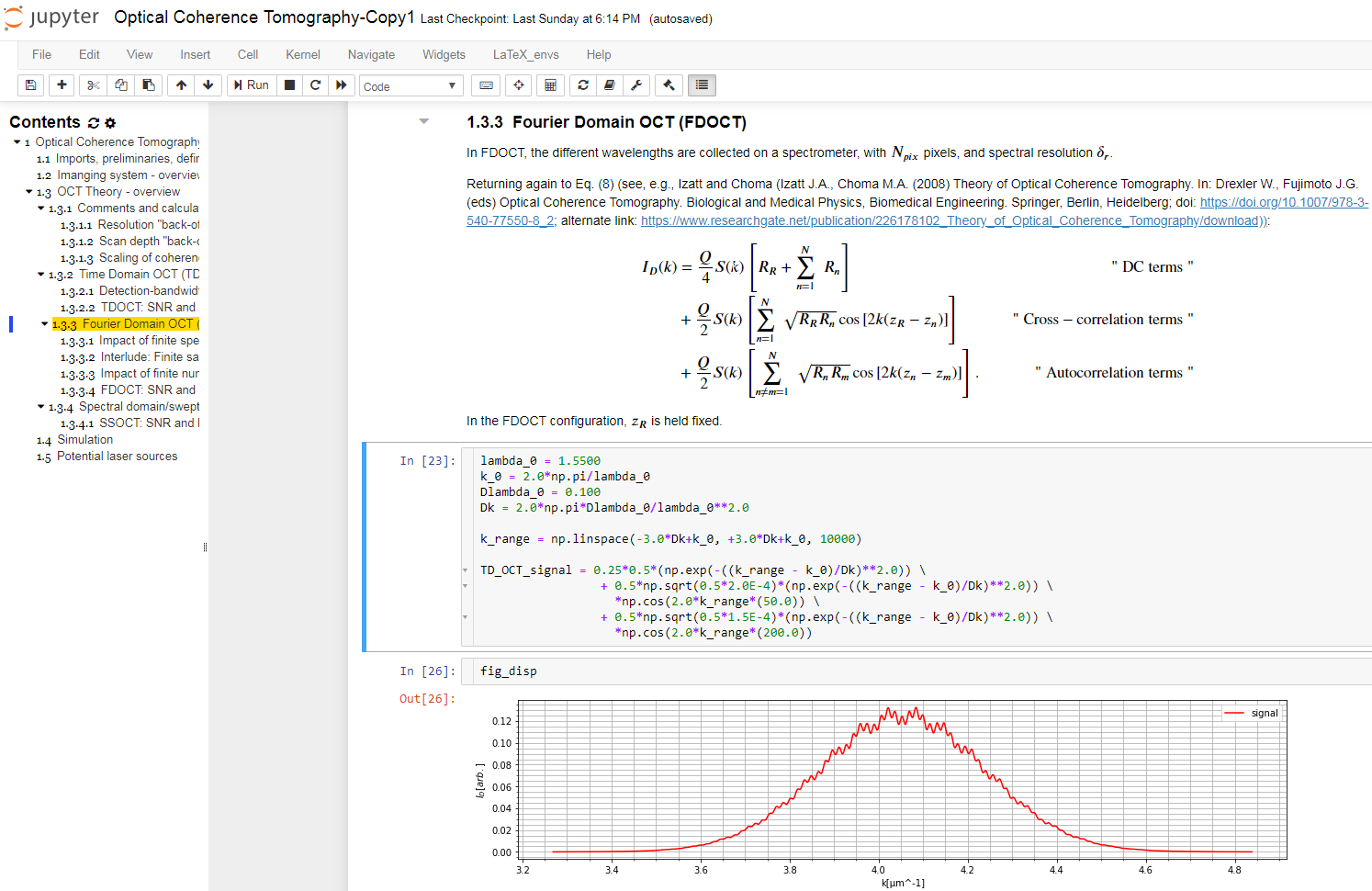

- #Macdown tutorial figure how to#
- #Macdown tutorial figure code#
- #Macdown tutorial figure professional#
Replace the author ID with your user name, change the tite if appropriate, then click knit and see if it works.
#Macdown tutorial figure code#
Select everything in my code chunk here and replace your YAML with this (remember the - on line 1 and at the end). Everything has to be perfect or it won’t knit. YAML code is annnoying to edit, because here, spaces really do matter. The basic version is very simple with a title, an author, a self entered date and that we just want a website. For example, this could be a website (as for ours), a pdf, a presentation or app. Your YAML code controls how your final output looks and which type of output it becomes. Your YAML code is the code at the top of your file in between the - lines. In this course we are going to focus on the R-Markdown format and you are going to submit your labs as websites/html files along with your code. You can turn them into reports, websites, blogs, presentations or applications with a few short commands. Essentially you never have to take another screenshot of results and move it to your output… You type your code inside the mini console, it runs and puts the plots/output just below - then you leave the console and continue writing about the results. In a markdown document: imagine a normal Microsoft Word document, but halfway through you can press a button and a mini R console appears. This is what we will be using in our labs. These are much more interesting - and are how I wrote this lab book. When you “run” the commands in the script, R simply copy/pastes the commands over to the console.Īn R-Notebook or R-Markdown document (the filetype is. This is simply just a blank notepad where you can save code commands. There are several types of document, or script that you can create and save in R-Studio.Ī basic script (the filetype is. What we need instead is a way to save the commands for future use - we can do this using scripts. When you close R, everything you have done will be lost. At that point, it occurred to me that people might also appreciate the Markdown Guide in book format.As I said at the start, the console is like a phone call to the computer, you’re talking but you’re not keeping records of what you say (you can always press the up key to see previous commands but that’s about it). To my astonishment, the Markdown Guide was receiving hundreds of unique After receiving positive feedback from friends and coworkers, I decided to expand the site. The Markdown Guide has humble beginnings. I couldn’t find a comprehensive Markdown reference guide, so I decided to create one.
#Macdown tutorial figure how to#
Believe it or not, knowing how to write using Markdown is a requirement for many jobs. Learning Markdown means you can stop using all the subpar writing tools you’ve tolerated for years. There are lots of reasons why you should learn to write using Markdown, but one of the best reasons is that it’s better than the alternatives. I’ve been using Markdown for years now and I recommend it to everyone I know. But Markdown is also powerful enough to create documents, books, and technical documentation. Its tremendous success means it’s ubiquitous enough to replace WYSIWYG editors on websites like Reddit and GitHub. Markdown has succeeded where other markup languages have failed because it strikes the right balance between power and simplicity. It’s one of the most successful markup languages of all time. Since its introduction in 2004, millions of people have starting using it to write everything from notes to documents. Markdown passes the test with flying colors.

Time is valuable, and I don’t have the luxury of indulging things that squander that precious resource. Does writing with it feel natural? Or do I feel like I’m constantly fighting against it? I stop using tools that hinder me. My litmus test for a successful writing tool is whether using it can become second nature. One of the most interesting tools I’ve encountered is a markup language called Markdown.
#Macdown tutorial figure professional#
Introduction I’m a technical writer, and I’ve used a lot of writing tools over the course of my professional career. Escaping Pipe Characters in Tablesįenced Code Blocks. Blockquotes with Multiple Paragraphs Nested Blockquotes.

This work is licensed under a Creative Commons Attribution-ShareAlike 4.0 International LicenseĬontents Introduction.


 0 kommentar(er)
0 kommentar(er)
